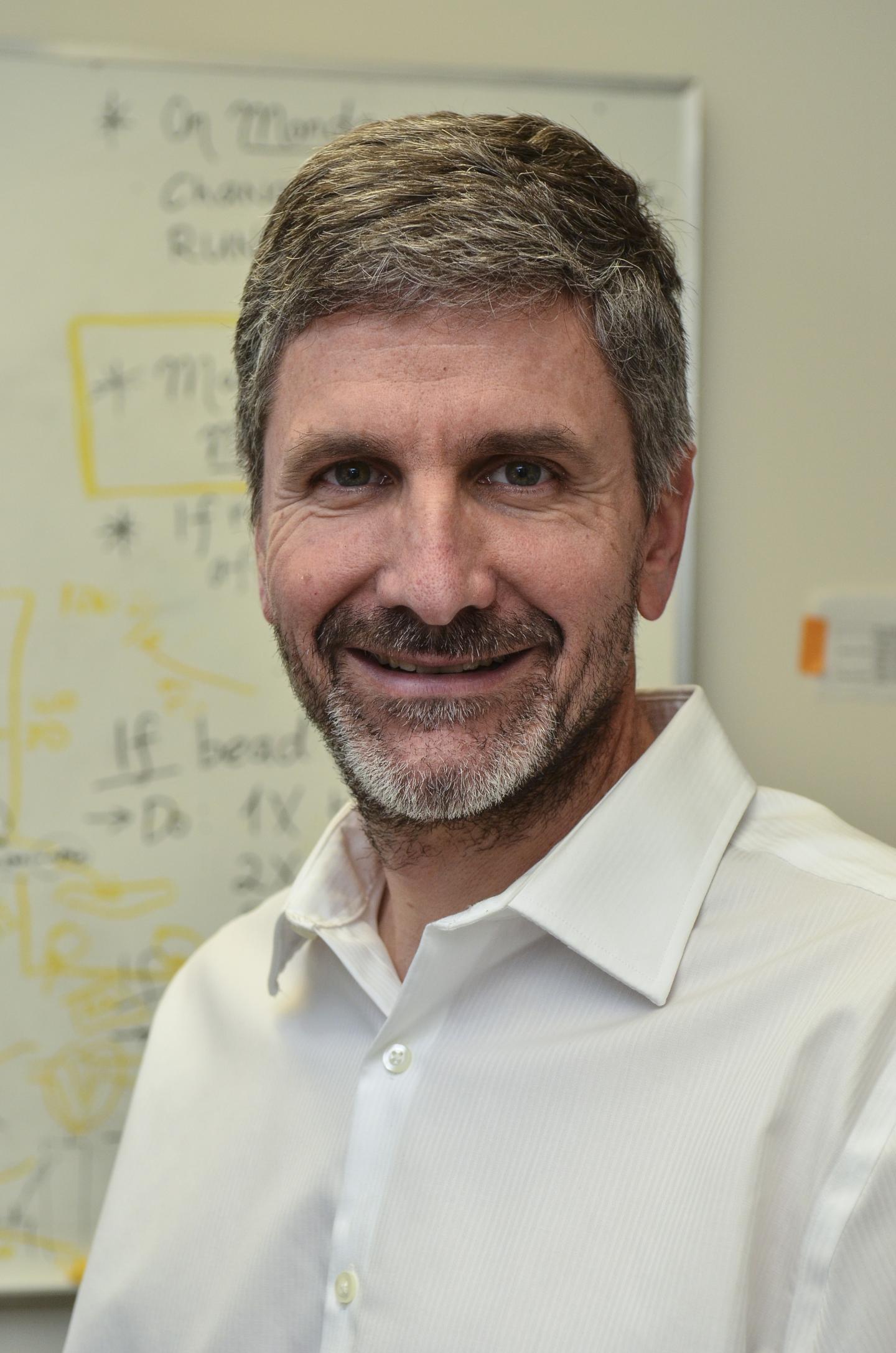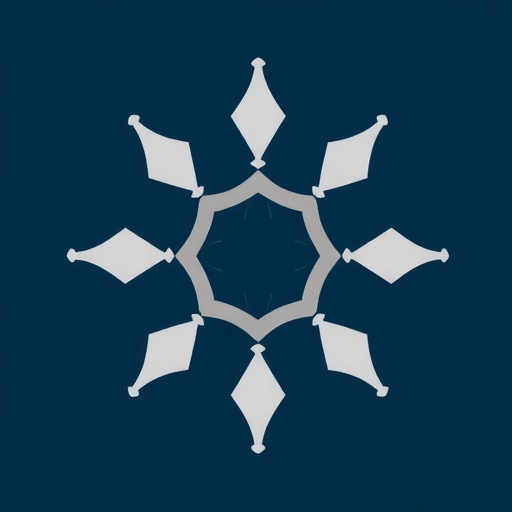
Credit: University of Colorado Cancer Center
The American Association for Cancer Research (AACR) announced today that in partnership with the Lung Cancer Initiative at Johnson & Johnson (LCI), it will fund a major grant led by University of Colorado Cancer Center investigators to pinpoint the lung tissue characteristics that allow cancer cells to grow, potentially leading to new strategies to prevent and treat the disease.
This team project will be led by James DeGregori, PhD, CU Cancer Center Deputy Director and professor in the CU School of Medicine Department of Biochemistry and Molecular Genetics, whose research explores the development of cancer through the lens of evolution, as populations of cells compete for limited resources within the ecosystem of the body. DeGregori’s model, called Adaptive Oncogenesis, shows that it is not necessarily mutations alone that cause cancer, but cancer-causing mutations in cooperation with changes in the tissue ecosystem such as inflammation, aging, and immune system imbalance that make cells with these mutations “more fit” than other cells within the same tissue environment.
The group includes additional Colorado researchers from National Jewish Health and the Rocky Mountain Regional Veterans Affairs Medical Center. Co-principal investigator, Dr. Tullia Bruno, who trained in Colorado, will lead a collaborating team at the University of Pittsburgh with co-investigator and pulmonologist, Dr. David Wilson.
Previous work from grant co-investigators including Drs. York Miller, Robert Keith, Moumita Ghosh, and Dan Merrick has shown that interventions modulating lung conditions can reduce the risk of malignant cell growth. Together with more basic studies from DeGregori’s group, findings suggest that altered lung environments (such as due to smoking) can offer an evolutionary advantage to lung cancer cells, and that dampening these lung alterations can reduce this risk.
“Think of the body like a neighborhood. If you walk into a neighborhood with abandoned buildings and broken windows, you can guess the odds that you’ll be mugged without necessarily having to see the mugger. That’s what we’re doing in the lung – it’s the neighborhood that allows these shady characters to be there,” DeGregori says.
With AACR support, the team hopes to identify the lung equivalents of “abandoned buildings” and “broken windows” that allow them to predict cancer risk based on conditions of the lung. Eventually, the group hopes their work will lead to interventions to change these conditions for the purpose of preventing or treating lung cancer.
“Current treatments mostly target cancer cells,” DeGregori says. “With our approach, instead of targeting cancer cells, we modulate the tissues around these cells that allow cancers to grow.”
The current study will use bronchoscopy samples from patients evaluated for possibly cancerous nodules.
“They have nodules,” DeGregori says. “A little more than half the time it’s nothing and a little less than half the time it’s cancer. Our goal is to see if we can predict which is which based on other features of the lung.”
For example, it may be that bronchoscopy specimens taken from lungs with higher levels of inflammation (as often seen in smokers) are more likely to harbor a cancer. Previous work also hints that the balance of two types of immune cells – cytotoxic T cells that activate the immune system, and regulatory T cells that turn it off – may influence whether cells with cancer-causing mutations are able to flourish.
“To use another analogy, it’s like the classic idea of seed and soil. A malignant cell is the seed. We’re looking for features of a fertile soil for cancer. And then we will be able to ask, how do we change that soil to make it less fertile for cancer growth?” DeGregori says.
The work also highlights a shifting paradigm in cancer research that prioritizes collaboration across disciplines and institutions.
“Clinician-scientists on the team will obtain the bronchoscopy specimens; a pathologist will evaluate them; immunologists will explore immune features of these tissues; and bioinformaticians will help us quantify what it all means,” DeGregori says. “None of this would work without the other components. Without any one of these pieces, the study would never get off the ground.”
The three-year, $1.5M grant is expected to accrue approximately 90 patients for evaluation. The group hopes this work will lead to additional exploration by its members and others into the tissue conditions that support and suppress the growth of lung and other cancers.
###
Media Contact
Garth Sundem
[email protected]
Original Source
https:/




